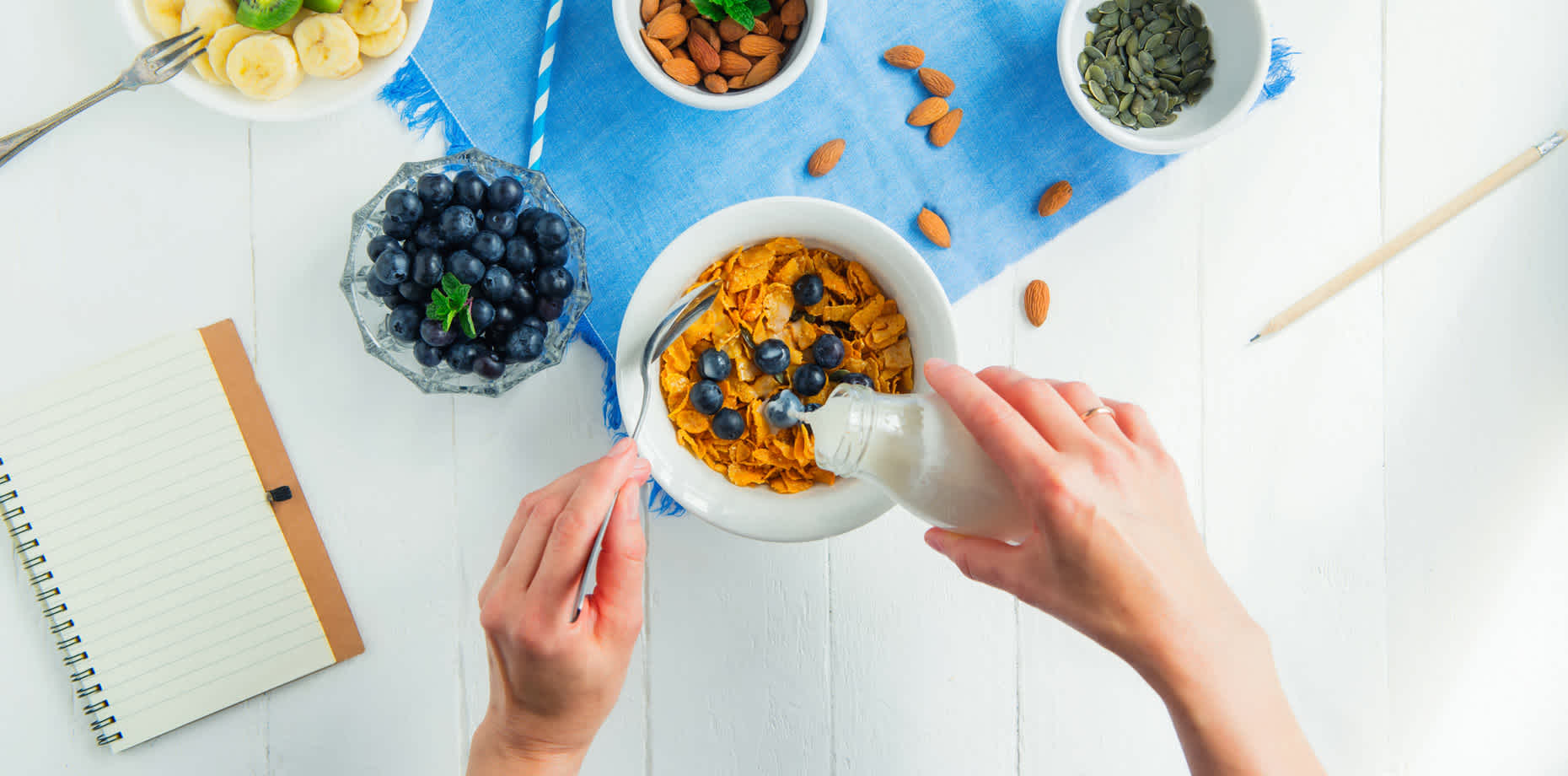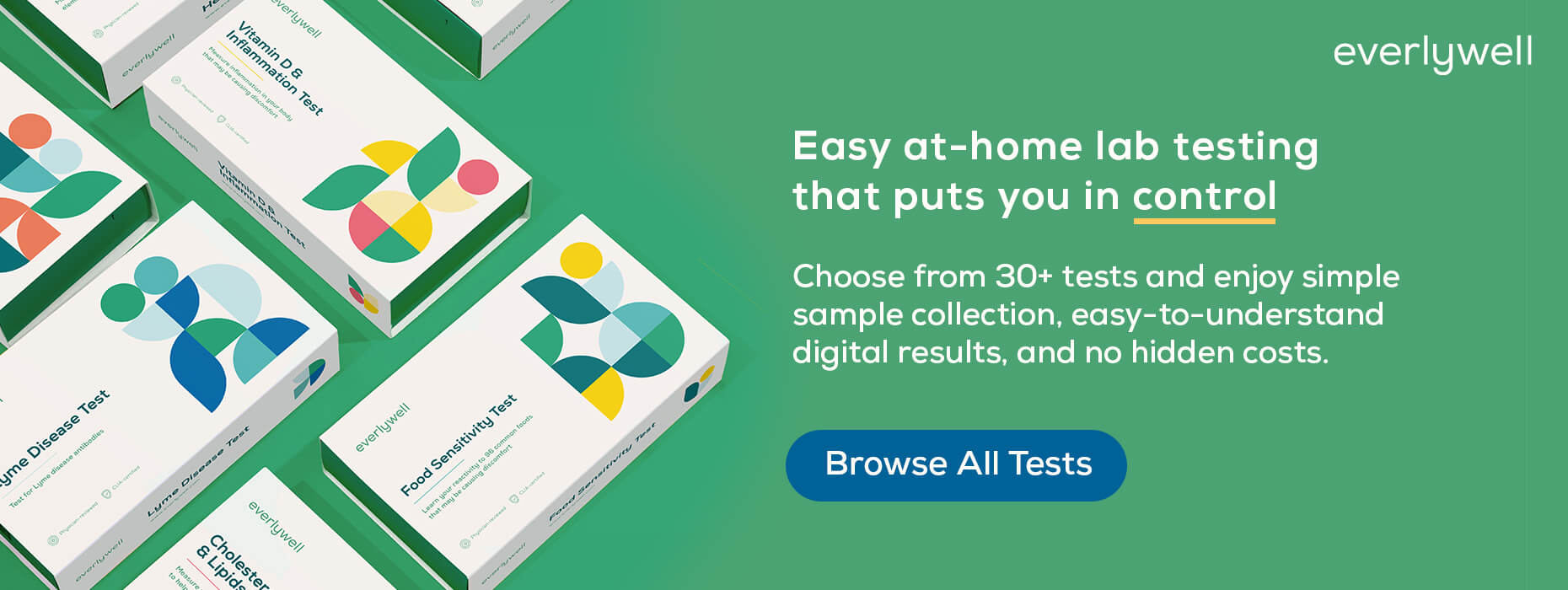
What Foods Are High in Folate?
Medically reviewed on March 8, 2022 by Jordan Stachel, M.S., RDN, CPT. To give you technically accurate, evidence-based information, content published on the Everlywell blog is reviewed by credentialed professionals with expertise in medical and bioscience fields.
As you wander through the grocery store, what are the first things you notice when picking out your favorite produce? Price, packaging, ripeness? What about folate levels? While few foods advertise how much folate they contain per serving, it’s essential for health that you find and consume folate rich foods. Eager to learn more about foods high in folate (vitamin B9)?
This article will explore several of the most folate-rich foods available. Whether you’re a fan of fresh citrus fruit, leafy greens, or organic meat, we’re certain you’ll find something in this article to add to your grocery list.
#1 Leafy greens
All green vegetables are chock full of health-boosting vitamins and minerals, but dark leafy greens are particularly known for their folate content.
Whether you’re enjoying them fresh, frozen, or cooked, most leafy green vegetables will help you attain the recommended daily intake of folate—just another reason to eat all your vegetables.
Curious about the best leafy greens to pile on your plate? Consider these great options [1]:
Boiled spinach – If a steaming plate of spinach sounds appetizing, you’re in luck. Spinach is one of the best sources of folate, and it’s simple enough to add to a well-rounded diet. Place a heaping serving of boiled spinach on your plate—about half of a cup—and you’re looking at approximately 131 micrograms (mcg) of dietary folate equivalents (DFEs).
Raw spinach – Regardless of your spinach preferences, you can enjoy the folate benefits of this adaptable green. Raw spinach offers 58 mcg of DFE per serving, and it’s even easier to prepare than its cooked counterpart. Toss it into a green salad, put it on a sandwich, or enjoy it out of the bag.
Mustard greens – For a less common but uniquely flavored leafy veggie, check out mustard greens. Slightly peppery with some bitter afternotes, mustard greens are a staple of world cuisine and a healthy part of any folate-filled diet. With about 52 mcg of DFE in a half-cup serving, there’s a lot to appreciate about this leafy green.
Romaine – With 64 mcg of DFE per serving, romaine is an excellent folate go-to. A versatile vegetable with plenty of flavor to spare, romaine is easily sourced, crisp, and light. It’s always appreciated in a salad, on a sandwich, or in place of a tortilla for low-carb diets.
Turnip greens – The leafy greens that grow out of turnips are a little-known secret in the veggie aisle. Turnip greens pack a seriously bitter punch, so they aren’t necessarily for everyone. But, if you enjoy the taste, you’ll love the solid levels of folate content in every serving (approximately 32 mcg of DFE).
Adults should consume about 400 mcg of DFE per day, so consider eating a variety of veggies to hit your daily folate intake goal [2]. If you’re looking for an easy way to pack in the folate and experience the benefits of folic acid, make a salad part of your daily routine. Besides folate, you’ll benefit from a fiber boost and several vitamins that can improve the way the body feels.
#2 Fruits
Hankering for something a little sweeter? While fruit isn’t everyone’s first choice for a sugary snack (we’re thinking chocolate probably takes the cake), the sweet taste of fruit comes with a nutritional bonus that shouldn’t be overlooked.
If you’re interested in the fruits high in folate, consider these delicious and healthy offerings [1]:
Oranges – The average small orange contains about 29 mcg of DFE, making up about 7 percent of the recommended daily allowance. That might not sound like a lot, but with oranges, it’s hard to just have one.
Papaya – Sweet and juicy, these small fruits are particularly appetizing when they’re perfectly ripe. Fortunately, a smart touch is all you need to determine ripeness. Snack on perfect papaya, and you can benefit from about 27 mcg DFE in every delicious, half-cup serving.
Bananas – Bananas are particularly high in natural sugar, as well as potassium. However, their folate levels aren’t nearly as impressive, offering an average of 24 mcg of DFE.
Cantaloupe – A favorite melon for picnics and fruit salad, this golden fruit offers about 17 mcg DFE. While their flavor is undeniable, their folate levels make cantaloupe a lower-tiered choice for those searching for folate-rich fruits.
While fruits on average aren’t nearly as high in folate as leafy greens, they are nonetheless a great source and have their advantages. The convenience and highly enjoyable flavors might make it easy to pop open the fridge, grab your favorite fruit, and snack away to your heart’s content. All the while, your body will benefit from the folate.
#3 Beans, nuts, and legumes
A favorite pick for meat-adverse eaters looking for some protein, beans, nuts, and legumes are dietary staples with big benefits. If you’ve yet to diversify your diet with a variety of these natural delicacies, consider this your wake-up call. Beans, nuts, and legumes are dietary superfoods, and, most importantly, they’re a great source of folate.
Check out the following examples of folate-forward beans [1]:
Kidney beans – Shaped like the vital organ, you can find kidney beans in a variety of dishes, such as chilis and curries. This common red bean offers 46 mcg DFE per serving, making it an easy source of folate.
Black-eyed peas – A staple of stews and soups, black-eyed peas are notable for their highly identifiable exterior and folate-packed interior. This fortified food has an impressive 105 mcg DFE puts black-eyed peas near the very top of the list of folate-rich foods.
Peanuts – More like pea-legume. While “nut” is in the name, peanuts are legumes. The part that you eat is a seed, and that seed is known for containing about 27 mcg DFE per ounce. It’s the only baseball game snack that can help you hit your ideal folate levels.
There are plenty more beans, nuts, and legumes that contain folate, including cashews, black beans, and almonds. If you have a favorite, consider exploring their nutritional facts and taking note of their folate levels.
#4 Meat, fish, and poultry
For the everyday carnivore, there’s a handful of options for finding folate-rich meat, fish, and poultry. However, eating a variety of foods is the best way to attain daily goals for overall nutritional health, so don’t count on meat individually to hit the daily allowance of folate.
That said, there is one meat option so rich in folate, you could hit 400 micrograms in just a couple of servings. Consider the following meat-centric sources of folate [1]:
Beef liver – Topping the list of folate-friendly foods, beef liver offers a whopping 215 mcg DFE per 3-ounce serving. That’s right—more than half a day's worth of folate in just a few bites. Of course, liver isn’t the most popular dish for Americans, and organ meats are often high in cholesterol, so this option isn’t the best everyday choice.
Halibut – Halibut is a mild white fish you can sear, roast, bake, or even deep-fry. No matter how you decide to prepare halibut, you can expect about 12 mcg DFE.
Chicken breast – It’s only worth mentioning chicken because of its lack of adequate folate. While this bird is a frequent guest on dinner tables and menus across the country, the average serving only offers about 3 mcg DFE, making it an insufficient source for this essential vitamin.
While meat is a great protein source, it’s typically not the best folate source. Pair your meat with various veggies to bring more vitamins and minerals onto the dinner plate. A more colorful plate is often a more nutritious one.
#5 Cereals and grains
For almost 80 years, cereals and grains have been a key component in the fight against folate deficiency. While these foods were not originally manufactured with high levels of folate, the process of enrichment has changed how we think about these foods.
Enrichment is the process of adding folic acid (a synthesized version of folate) to various foods for the greater health of the population. Today, the Food and Drug Administration monitors and regulates food enrichment [3], allowing you to enjoy the added health bonus of folate in foods such as [1]:
White bread – White bread has long been a big part of the American diet, and while you might prefer a more artisanal loaf, there’s something to be said about white bread. Additionally, the average slice of white bread has approximately 50 mcg DFE.
Breakfast cereal – Pick your favorite box and prepare for a folate extravaganza. Most enriched cereals average about 100 mcg DFE, making it a primary source for many Americans’ folate.
Rice – Rice is the perfect background to any meal. Whether you’re preparing sushi, paella, or some simple fried rice, you can combine your favorite ingredients to elevate white rice to new heights. Plus, your average rice has already been elevated through the enrichment process, providing you with about 90 mcg DFE per half-cup.
Enrichment was an effective way to help Americans enjoy the benefits of folate—via synthesized folic acid—through inexpensive and popular food items. Today, enriched foods are likely a large part of why the US has so few cases of folate deficiency.
References
1. Folate Fact Sheet for Health Professionals. National Institutes of Health. URL. Accessed March 8, 2022.
2. Recommendations: Women and Folic Acid. Centers for Disease Control and Prevention. URL. Accessed March 8, 2022.
3. Folic Acid Fortification and Supplementation. Centers for Disease Control and Prevention. URL. Accessed March 8, 2022.
